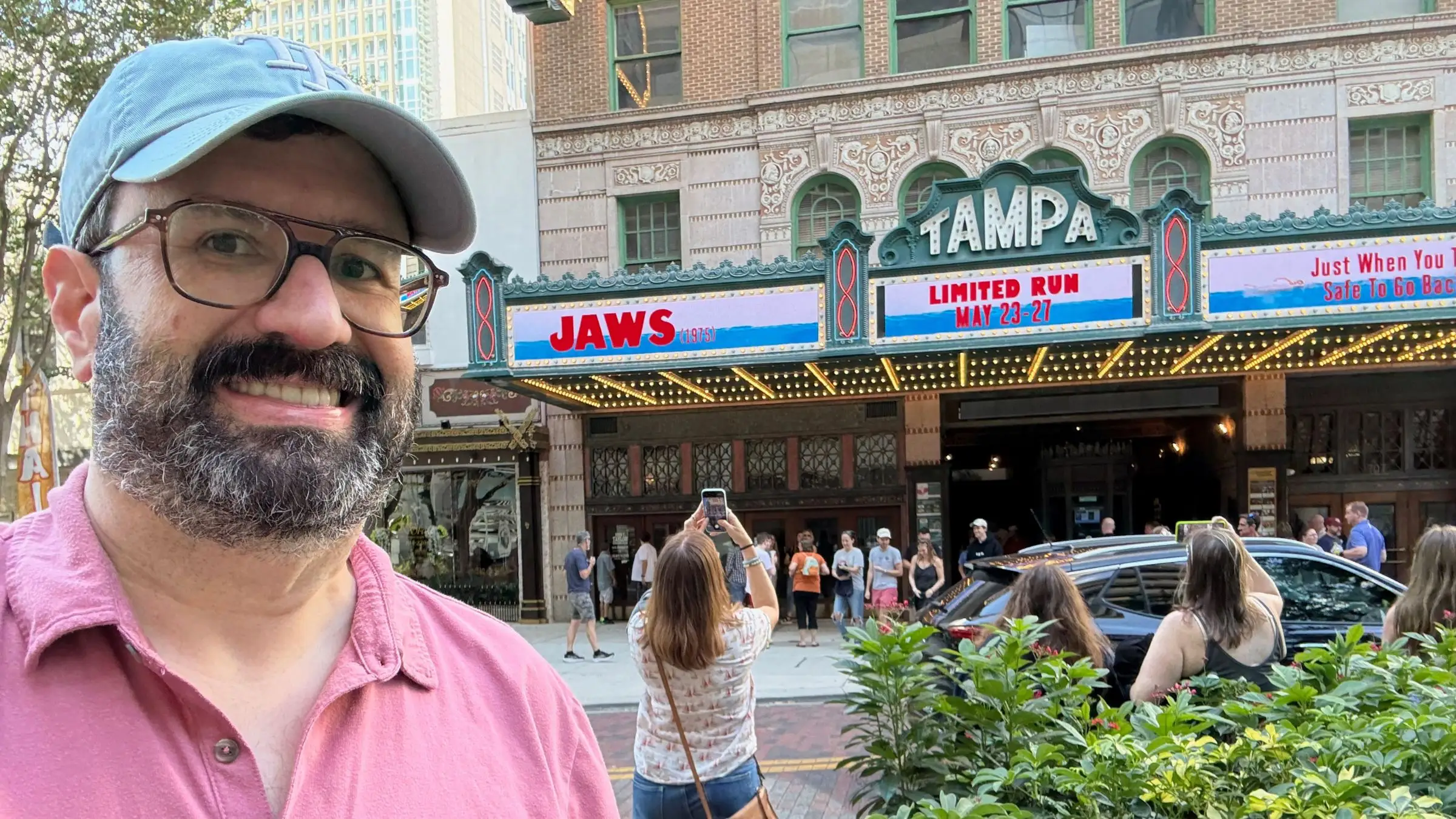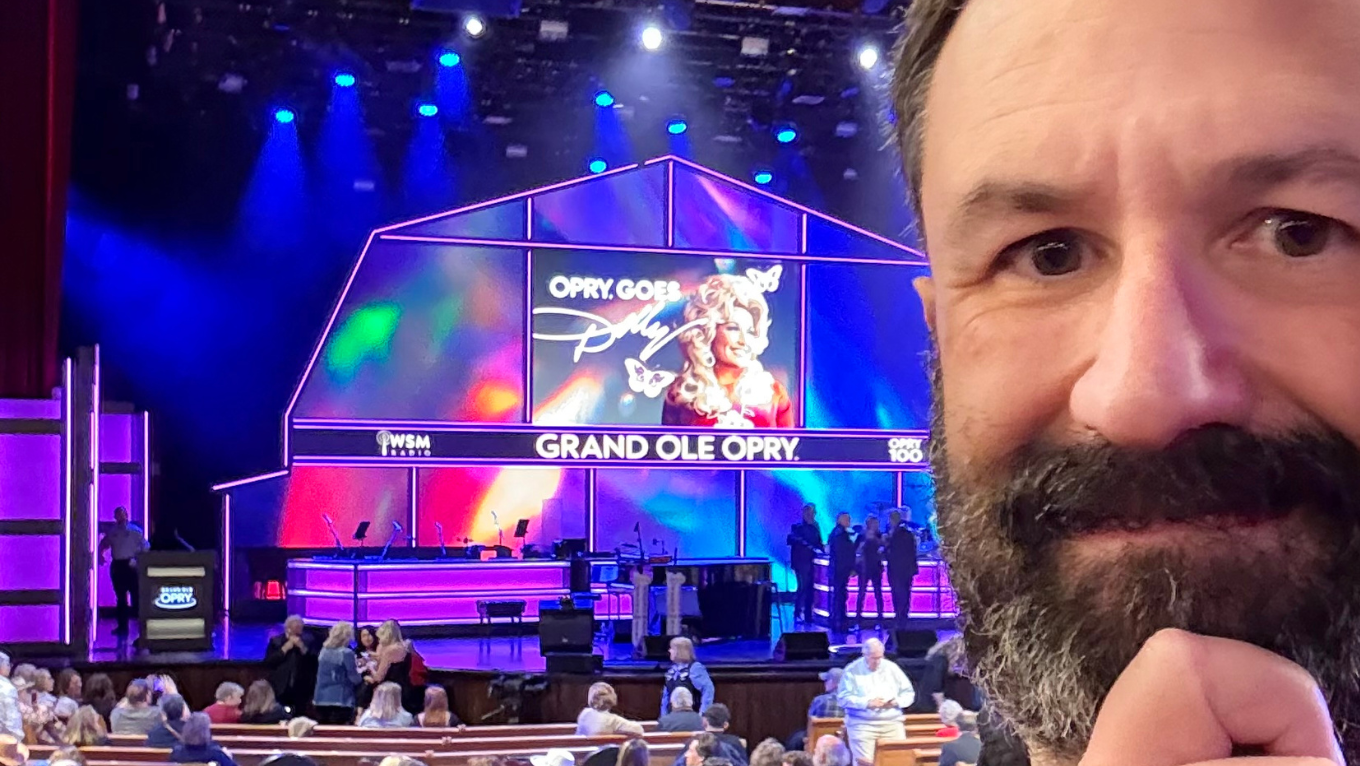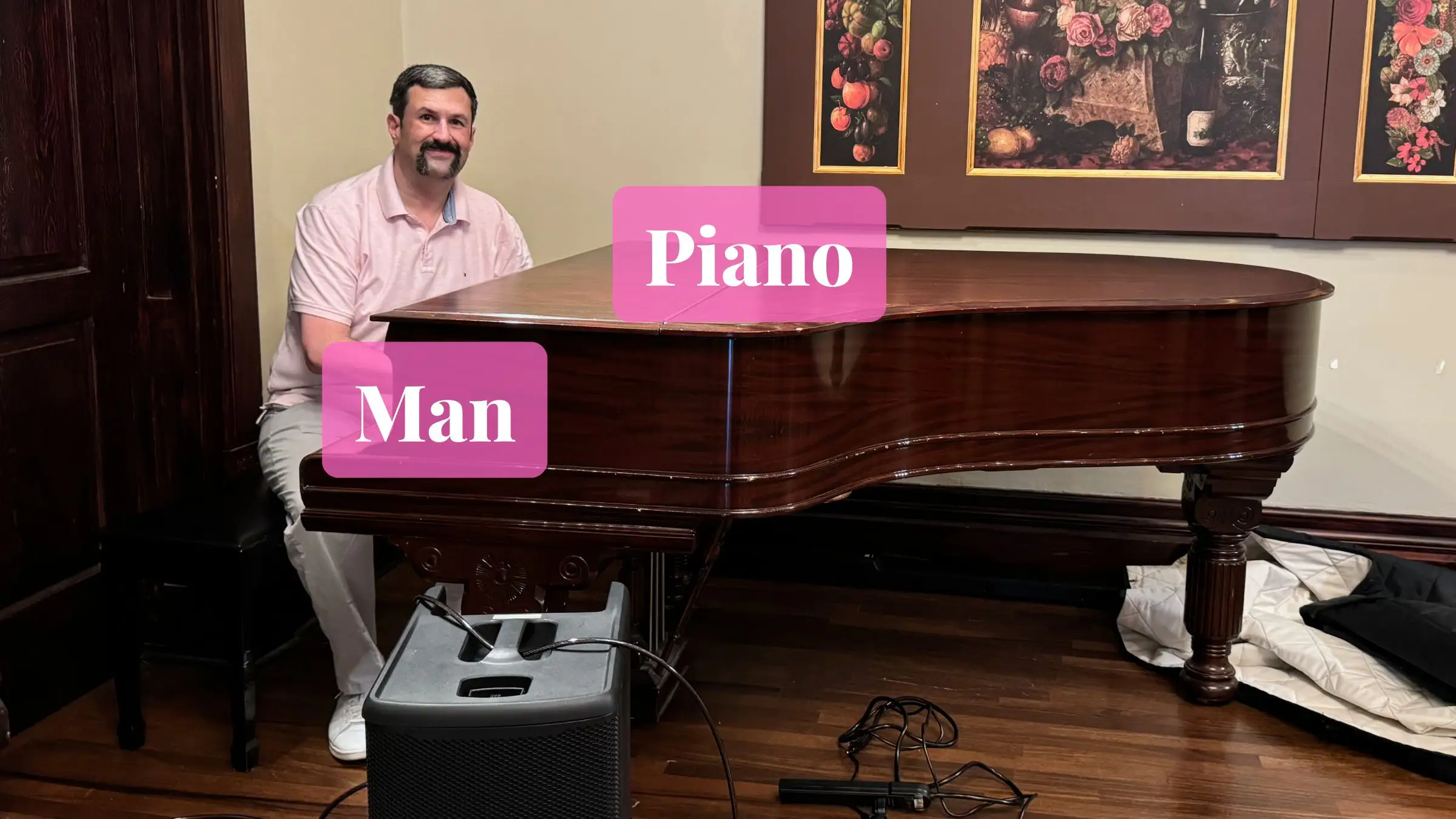Entertainment
-

-

Late to the Beach Party: Seeing “Jaws” for the First Time
A gay love story? A cinematic universe? A musical? I’m gonna need a bigger blog post.
-

The Dolly Lama
Asking “What would Dolly do?” can help us approach life’s challenges with a big heart, clear eyes, and, if needed, enough rhinestones to blind our enemies.
-

The Whys of Tammy Faye
Why was “Tammy Faye” fêted in London but a flop on Broadway? This former expat says the answer is complicated, like Tammy Faye herself. (P.S. I liked it.)
-

Behind the Music
I visited the Berlin Philharmonic and experienced a little nachtmusik from a different perspective.
-

🏳️🌈 Man, What Are You Doing Here?
Billy Joel says “Piano Man” isn’t about a guy playing in a bar. I say that it’s about a guy who’s *oblivious* to the fact that he’s playing in a gay bar. Every time Joel makes his point, he validates and strengthens my own.
-

Strike a Prose
Alexandra Jacobs’ new biography looks at how Madonna changed everything. Here’s how Madonna changed me.
-

Just the Axe, Ma’am
The Complimentary Spouse and I are at the Jobsite Theater tonight to see Lizzie, a rock musical about axe murderer Lizzie Borden. I’d be neglecting my responsibilities as the world’s most cromulent Simpsons expert if I didn’t point out that the Simpsons did it first. You may also remember that…
-

🏳️🌈 Thank You for the Music
Music doesn’t lie. If there is something to be changed in this world, then it can only happen through music. Jimi Hendrix Yesterday, I wrote about dance music. Today, let’s talk about music in general. For LGBTQ people, music reflects the full spectrum of our experiences, from angst, loneliness, and…
-
🏳️🌈 Dancing Queens
What do gay men enjoy more than a dance song? The extended dance remix of the same dance song! OK, there’s a bit of stereotyping going on there, but lots of gay men go gaga for Gaga, wanna be Madonna1, and are crazy for Kylie. My theory — more like…